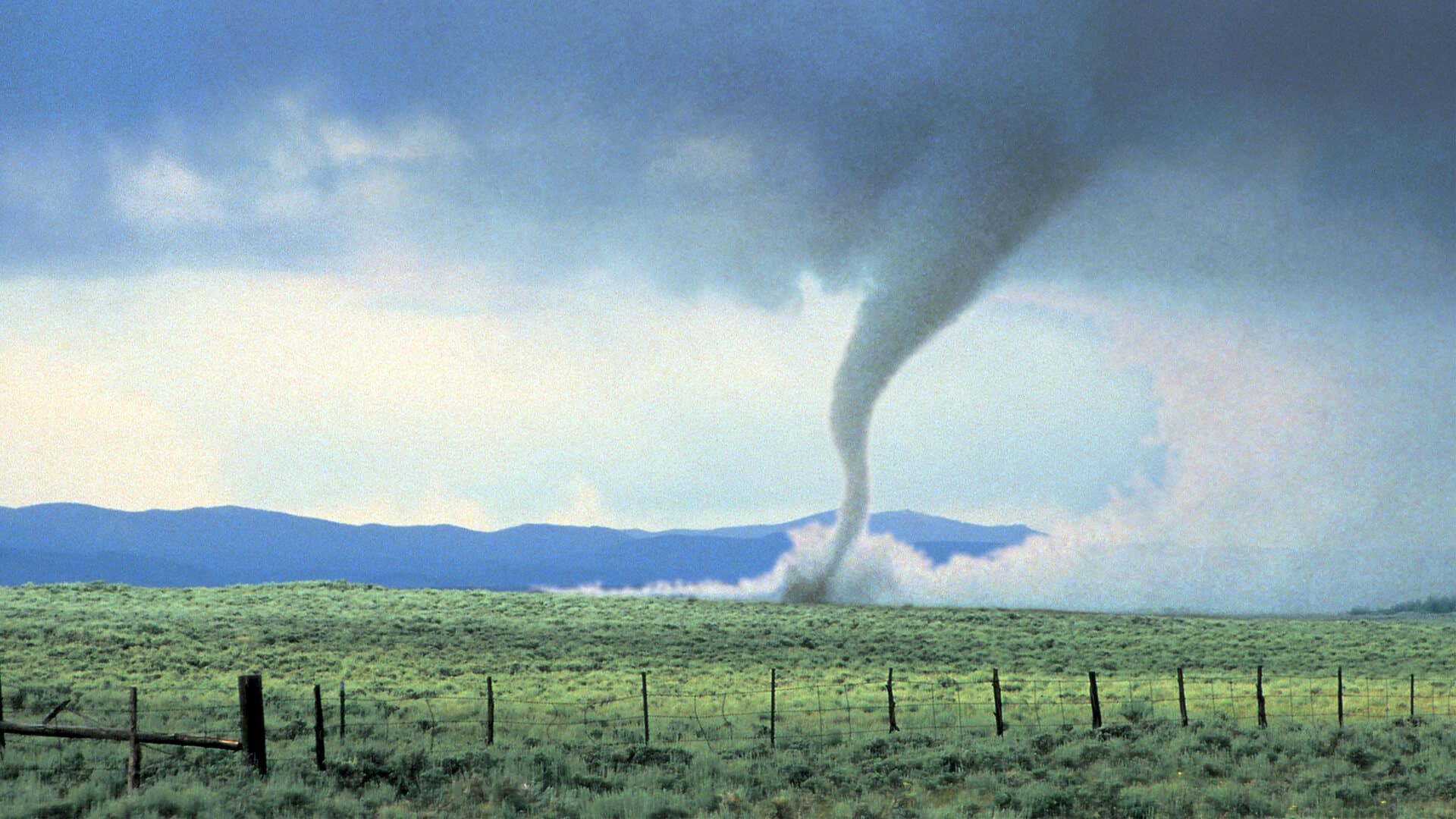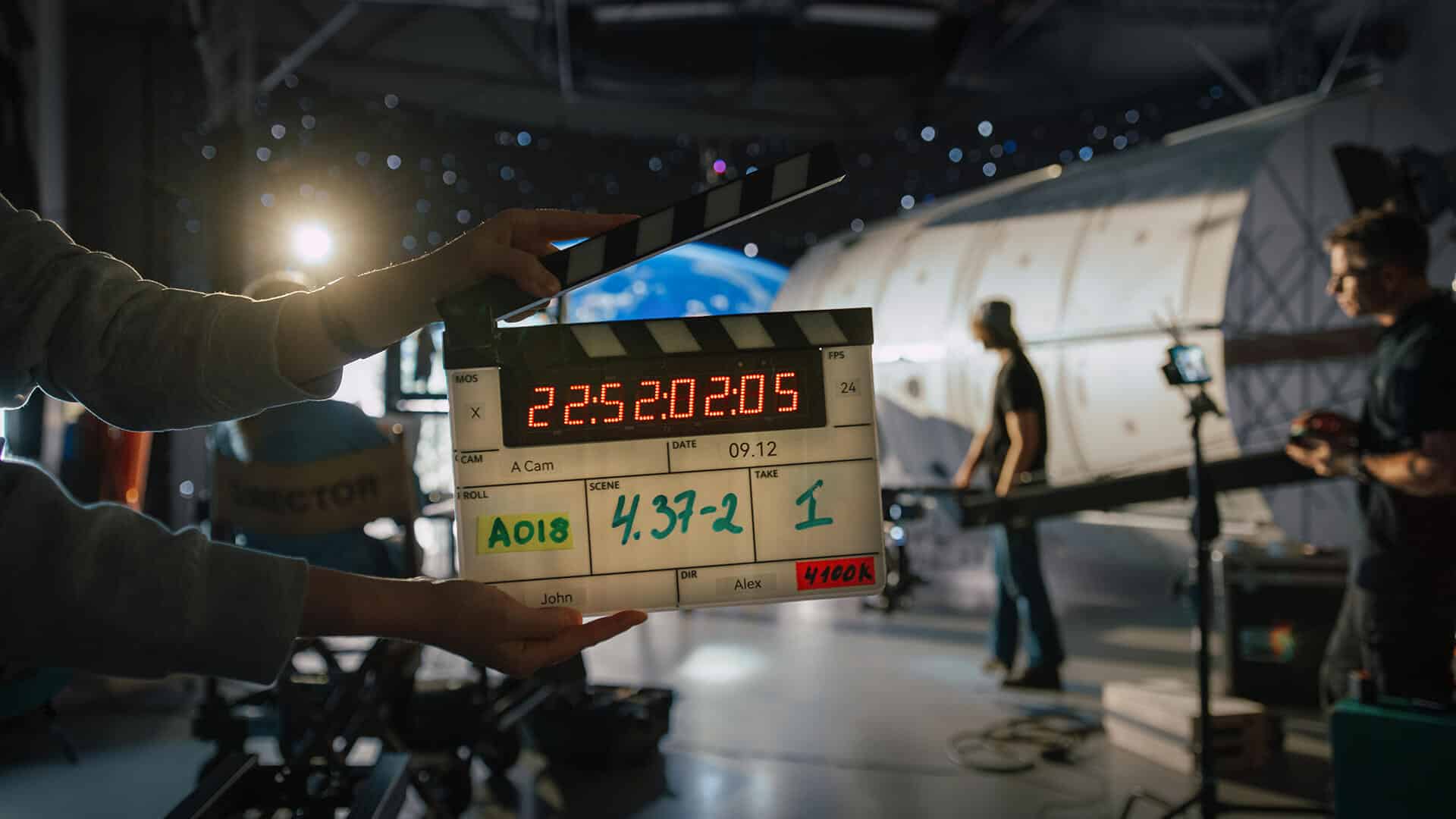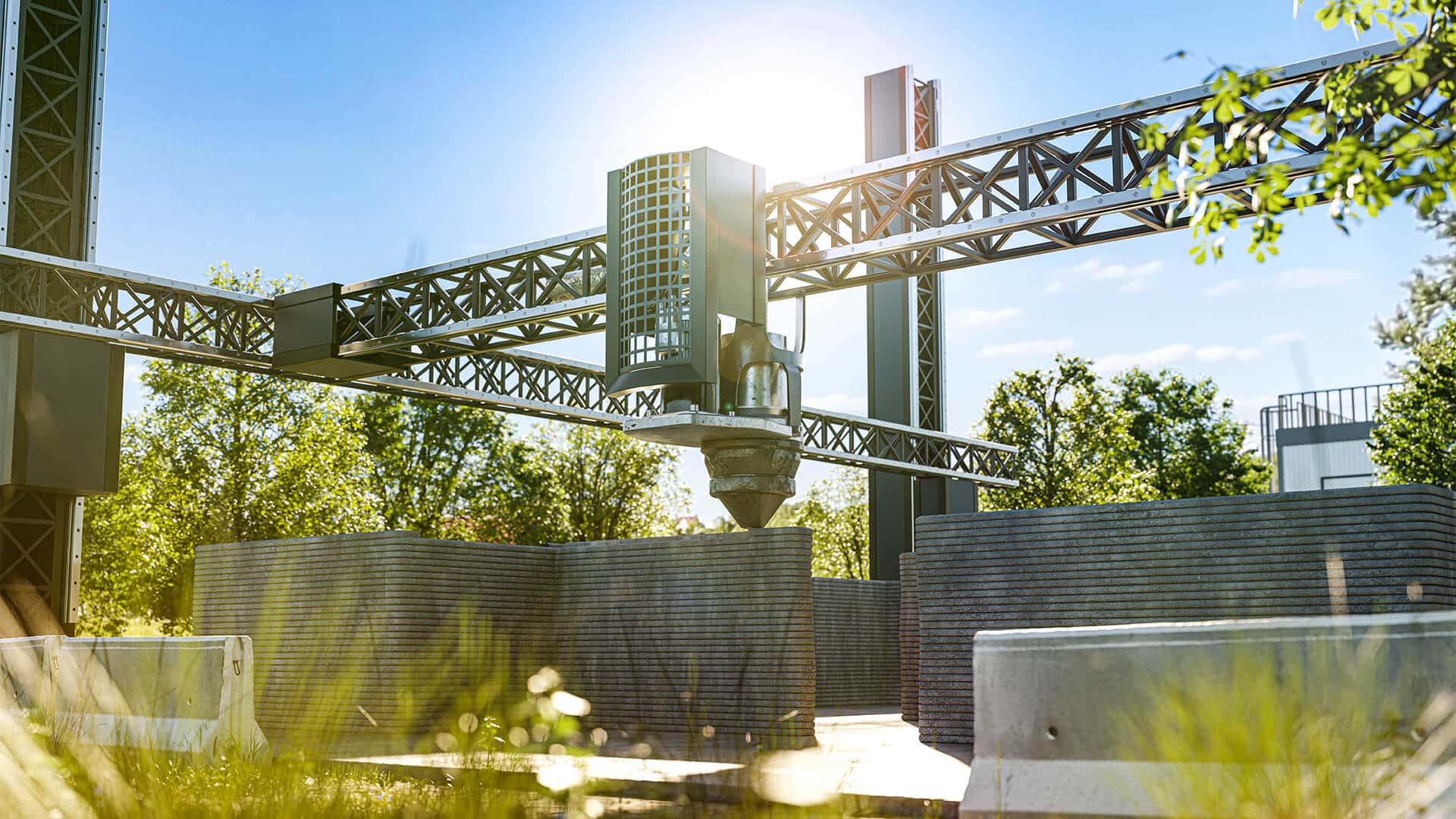Artificial intelligence has permeated various facets of our lives—from composing poetry to generating art and delivering eerily precise targeted advertisements. Now, it is stepping onto the baseball field. During 2025 Spring Training, Major League Baseball (MLB) introduced its latest innovation: the Automated Ball-Strike System (ABS). This isn’t a robot umpire vocally calling strikes and balls just yet; rather, it’s a sophisticated system that allows players to challenge human umpires’ calls using Hawk-Eye technology, renowned for its precision in tracking pitches.
How does it work?
Batters, catchers, and pitchers can challenge a call by tapping their helmet or cap—a gesture that adds a dramatic flair to the game. Each team is allotted two challenges per game, retaining them if the challenge is successful. The technology delivers its verdict swiftly, with each review adding an average of just 13.8 seconds, leading to an average increase of three minutes per game. While this may seem minimal, cumulative delays could affect the overall pace and viewer experience.
Does it make a difference?
According to MLB’s Spring Training data, approximately 52.2 percent of challenged calls were overturned, indicating a notable impact on the game’s accuracy. Catchers led the success rates with 56 percent, while pitchers and batters followed.
Opinions are divided on ABS. Some players appreciate the fairness and clarity that the new tech introduces, especially in high-pressure situations. Others, like Astros catcher Victor Caratini, express concerns about its impact on the art of pitch framing—a skill that could diminish in value with the advent of automated systems.
“It’s the human interaction and human element of the game. That’s fun,” Detroit Tigers manager and former MLB catcher A.J. Hinch told Sports Illustrated. “So we’ll give it a chance, and the game will probably be more accurate, and it’ll be better for it. But there’s a part of the purity of the game that we were raised on that will change.”
The league is still evaluating whether this hybrid of human and automated officiating will become a permanent fixture. What is clear is that AI has officially joined America’s pastime, prompting both excitement and contemplation about the future role of technology in sports.











